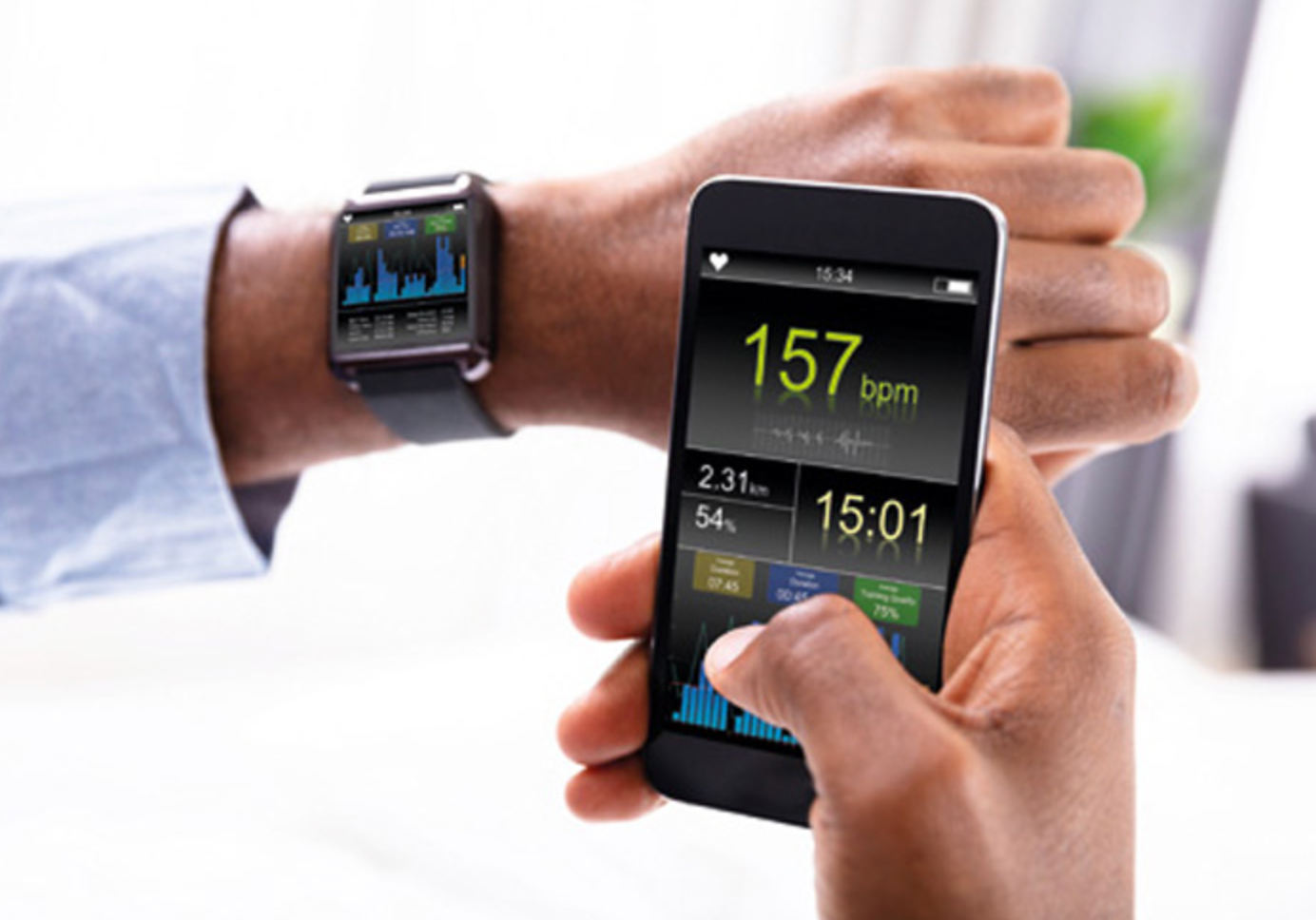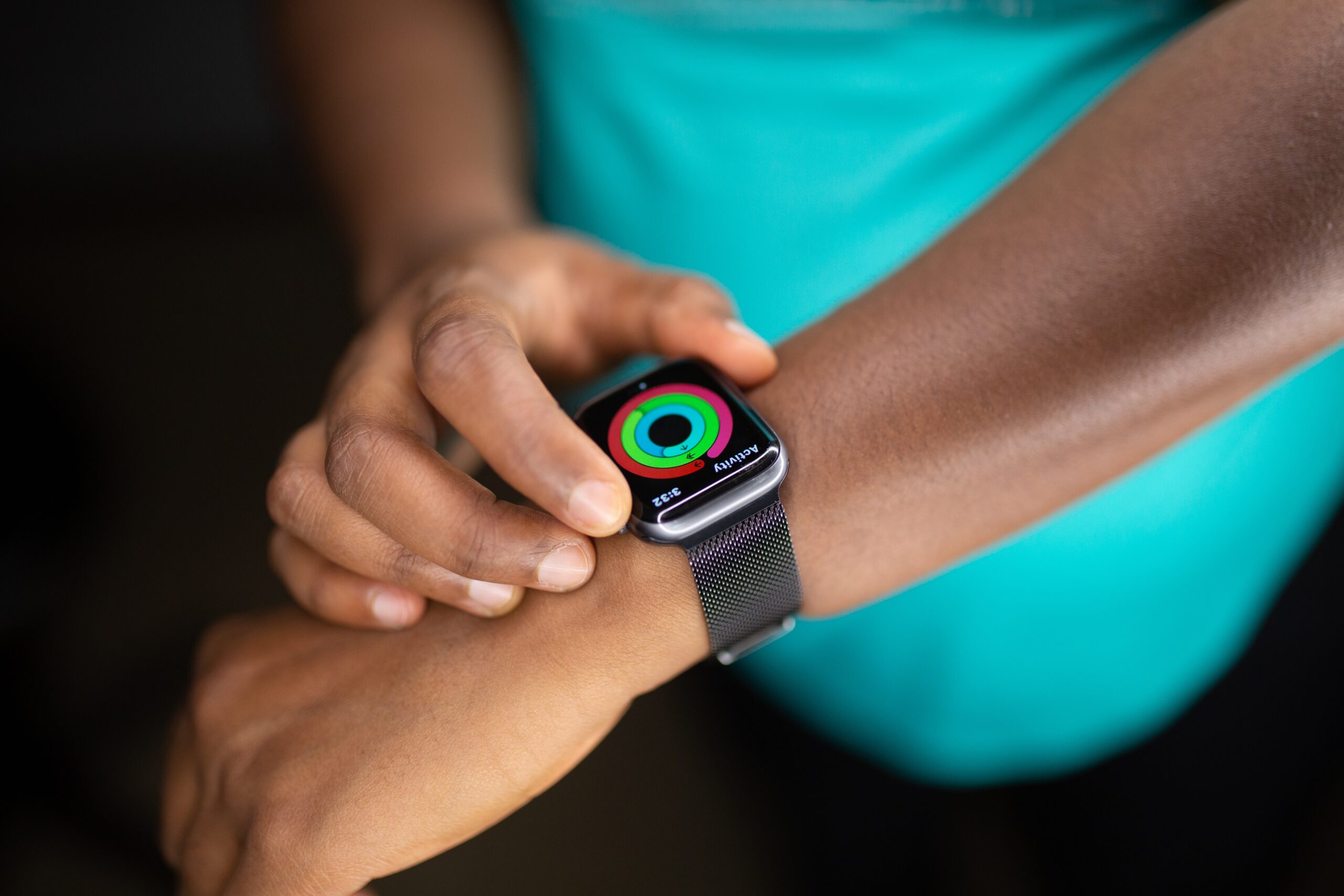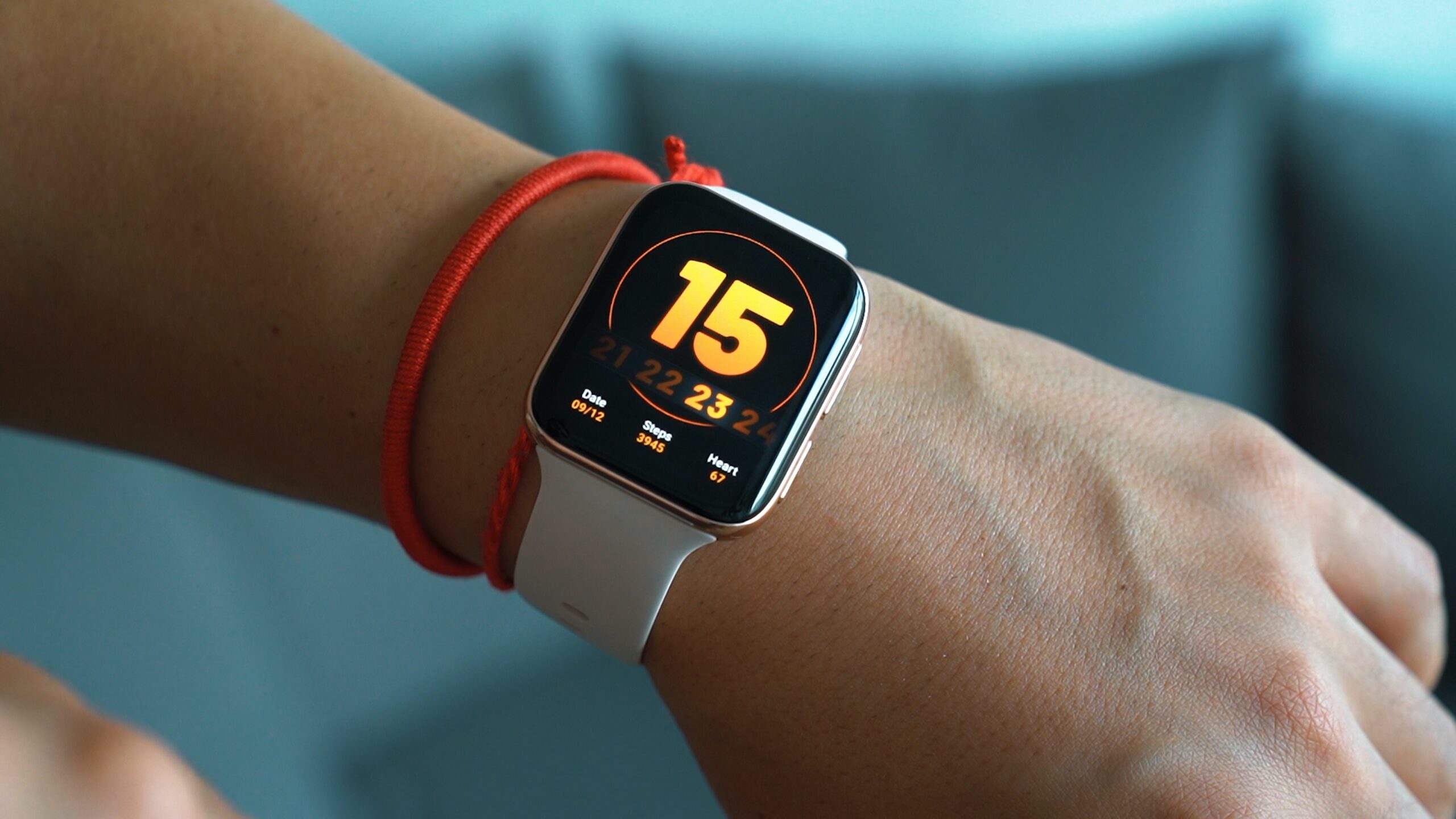Wearable technology has undergone a significant transformation over the past decade, evolving from simple fitness trackers to sophisticated devices that seamlessly integrate into our daily lives. While smartwatches have dominated the wearable market, the future holds even more exciting possibilities that extend beyond the confines of a wrist-worn gadget.
1. Introduction to Wearable Technology:
Wearable technology, in its current form, primarily includes smartwatches, fitness trackers, and augmented reality glasses. These devices have become commonplace, helping users monitor their health, receive notifications, and even stay connected. However, the future of wearable technology promises a more immersive and interconnected experience.
2. Beyond the Wrist: Diversification of Wearables:
The future will witness a diversification of wearable devices beyond traditional smartwatches. Technologies like smart clothing, embedded sensors, and even implantable devices are emerging. Smart clothing, equipped with flexible sensors, will monitor vital signs, track movements, and provide real-time feedback. Implantable devices, though still in early stages, hold the potential to directly interface with the human body, offering new avenues for health monitoring and intervention.
3. Health and Wellness Focus:
The future of wearables will have a stronger emphasis on health and wellness. Advanced sensors and artificial intelligence will enable wearables to monitor a broader range of health metrics, providing more personalized insights. Continuous monitoring of vital signs, early detection of health issues, and proactive health management will be key features of future wearables.
4. Augmented Reality (AR) and Virtual Reality (VR) Integration:
Augmented and virtual reality will play a pivotal role in the evolution of wearable technology. AR glasses, in particular, will serve as a more immersive interface for users, overlaying digital information onto the real world. This can enhance productivity, improve navigation, and provide interactive experiences beyond what is possible with current-generation devices.
5. Seamless Connectivity and Interoperability:
Future wearables will prioritize seamless connectivity and interoperability. Enhanced integration with other smart devices, the Internet of Things (IoT), and smart home systems will make wearables the central hub for controlling various aspects of our digital lives. The synergy between wearables and other technologies will create a more cohesive and user-friendly experience.
6. Challenges and Considerations:
As wearables advance, concerns regarding data privacy, security, and ethical implications will need to be addressed. The collection of sensitive health data and the potential for misuse underscore the importance of robust security measures and ethical guidelines in the development of wearable technology.
7. The Role of Artificial Intelligence:
Artificial intelligence (AI) will be a driving force behind the evolution of wearable technology. Machine learning algorithms will analyze vast amounts of data collected by wearables, providing actionable insights and personalized recommendations. AI will contribute to the development of more intelligent and adaptive wearables that cater to individual user needs.
8. Conclusion:
The future of wearable technology extends far beyond the current realm of smartwatches. From advanced health monitoring to augmented reality experiences, the evolution of wearables holds the promise of a more connected, personalized, and immersive future.

